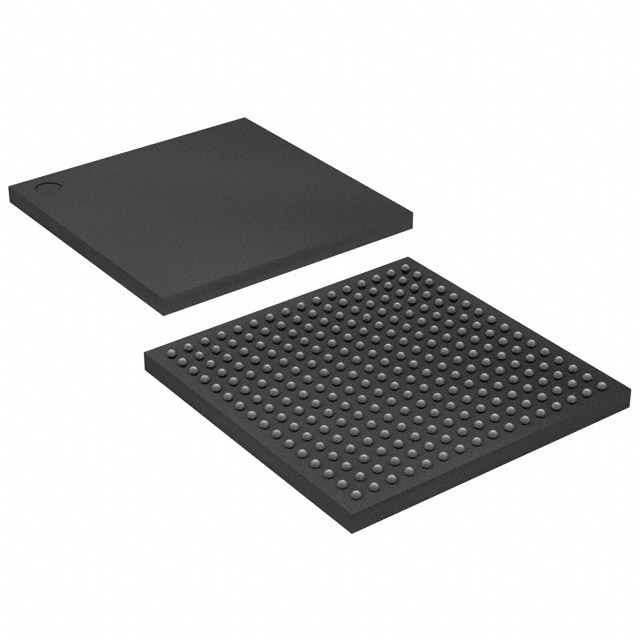



.png?x-oss-process=image/format,webp/resize,p_30)


EP4CE6F17A7N Description
Intel's EP4CE6F17A7N is a high-performance field programmable gate array (FPGA) belonging to the Cyclone IV E family. This device is designed to offer a balance between power efficiency, performance, and cost, making it suitable for a wide range of applications.
Description:
The EP4CE6F17A7N is a mid-range FPGA with a total of 17,000 programmable logic elements (LEs) and 330 digital signal processing (DSP) blocks. It features a high-density architecture, allowing for the implementation of complex designs in a compact form factor. The device operates at a maximum frequency of 400 MHz and has a low static power consumption, making it ideal for power-sensitive applications.
Features:
- 17,000 programmable logic elements (LEs)
- 330 digital signal processing (DSP) blocks
- High-density architecture for compact designs
- Maximum operating frequency of 400 MHz
- Low static power consumption for power-sensitive applications
- Support for high-speed transceivers (up to 1.5 Gbps) for communication applications
- Configurable I/O for easy integration with various peripherals
- Advanced security features, including encryption and authentication
- Robust design and verification tools for efficient development and testing
Applications:
The EP4CE6F17A7N FPGA is suitable for a wide range of applications, including but not limited to:
- Industrial control systems: Its high performance and low power consumption make it ideal for implementing complex control algorithms and managing various industrial processes.
- Communication systems: The high-speed transceivers and configurable I/O options make it suitable for communication infrastructure, such as routers, switches, and base stations.
- Video processing: The device's DSP blocks and programmable logic elements can be used to implement video processing algorithms, such as image and signal processing, compression, and decompression.
- Automotive systems: The EP4CE6F17A7N can be used in advanced driver assistance systems (ADAS), infotainment systems, and other automotive applications requiring real-time processing and low power consumption.
- Medical equipment: The FPGA's low power consumption and high performance make it suitable for medical imaging, signal processing, and monitoring systems.
- Security systems: The advanced security features of the EP4CE6F17A7N FPGA make it suitable for implementing encryption, authentication, and other security-related functions in various applications.
In summary, Intel's EP4CE6F17A7N is a versatile FPGA that offers a balance between performance, power efficiency, and cost. Its features and capabilities make it suitable for a wide range of applications, from industrial control systems to communication infrastructure and medical equipment.
Tech Specifications
EP4CE6F17A7N Documents
Download datasheets and manufacturer documentation for EP4CE6F17A7N
 Cyclone IV Device Datasheet
Cyclone IV Device Datasheet  Mult Dev Label Chgs 24/Feb/2020 Mult Dev Label CHG 24/Jan/2020
Mult Dev Label Chgs 24/Feb/2020 Mult Dev Label CHG 24/Jan/2020  Virtual JTAG Megafuntion Guide
Virtual JTAG Megafuntion Guide  Quartus SW/Web Chgs 23/Sep/2021 Mult PN LABEL 01/08/2023
Quartus SW/Web Chgs 23/Sep/2021 Mult PN LABEL 01/08/2023 Shopping Guide


















.png?x-oss-process=image/format,webp/resize,h_32)










